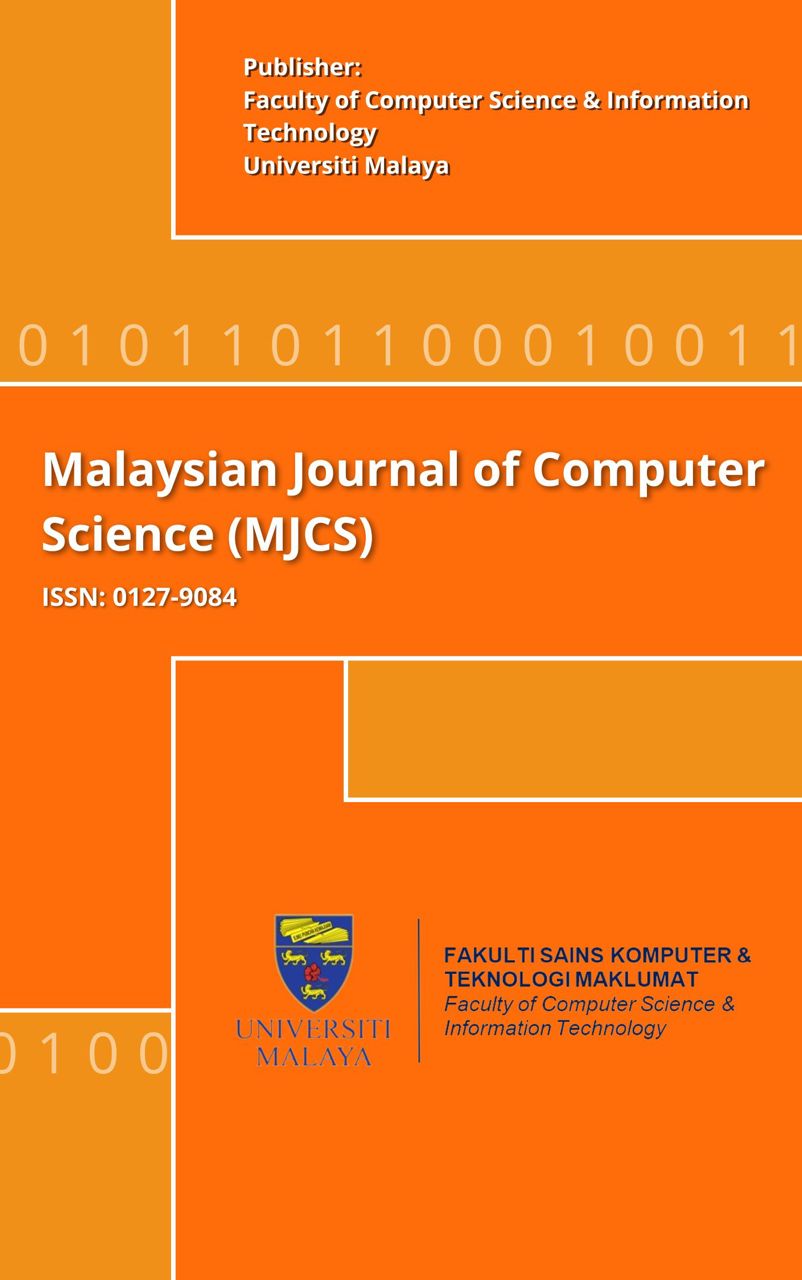GESTURE INTERFACING FOR PEOPLE WITH DISABILITY OF THE ARM, SHOULDER AND HAND (DASH) FOR SMART DOOR CONTROL: GOMS ANALYSIS
Main Article Content
Abstract
People with disabilities may interact with their environment differently from other human beings. This is also the case with people with the disability of the arm, shoulder and hand (DASH). However, most environments do not include supportive design for DASH. This study aimed to explore and analyze the body parts used by people with DASH to open doors in a real-world environment and to find an efficient interface design for people with DASH to open doors through a computer interface. This study was conducted in three parts: interviews of three people with DASH, observation of the videos of people with DASH opening doors, and GOMS analysis of five designed interfaces for people with DASH to open doors/windows through a computer interface. It was found that head gesture was suitable to be used as an interaction medium and through the GOMS analysis that the Type 5 (every task has a different head gesture movement) and Type 3 (positioning heads at different vertical or horizontal positions) are two most efficient designed interfaces for head gesture with regards to opening a door.
